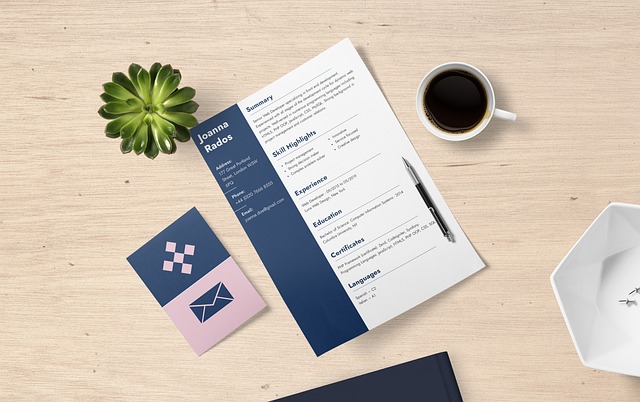In this article, I will show you when you should add references to a resume and how to highlight them to convince recruiters.
What is a resume with references?
As you know, a resume is a way to present the skills and professional experiences of a candidate in order to apply for a job, an internship, or training.
But by also including your professional references, you will give a positive image of yourself to your future employers.
However, it is important to know when and how to include references on a resume.
A resume with references is one that includes people who can strengthen your application because they have particularly appreciated your human and professional qualities.
Who to include as a reference in a resume?
Depending on your age and life experience, these references can be from previous employers, teachers, or co-workers.
It is useful to include references who can recommend you for the position you are applying for.
For example, if you are applying for an accounting position, it would make more sense to include recommendations from previous employers or accounting teachers.
But the most critical aspect is the quality of the relationship you have established with the person.
In order for the recruiter to be convinced by your references, it is essential that these people are sincerely motivated to represent you to the best of their abilities.
My advice is to only give references from people who have a high opinion of you.
How do you put references on a resume?
First, write a list of people who appreciate you the most.
Then, take the time to do some research to find their contact information and see if they are still in the same role.
Don’t just ask for their permission by email, but try to set up a phone or face-to-face meeting to explain the requirements of the position and what you would like them to say about you. This way, they will have more elements to present you successfully to the recruiters.
Next, ask your connections what types of information you can include in your resume or share with recruiters.
Once you have an agreement, include that person’s contact information, such as name, position, company, and phone or email contact information.
It is also helpful to include a short explanation of your relationship with that person and the context in which you met them.
Where to put professional references in a resume?
You can put professional references at the end of your resume, after your work experience and education.
This allows employers to look at them after reading the other sections of your resume.
But you can also insert them in a separate document or mention this reference in your cover letter if it is relevant but without putting the coordinates.
At the end of the letter, you should specify that you are willing to provide this information upon the recruiter’s request.
Conclusion on the importance of professional references in your resume
As you have understood, professional connections can add value to your resume, but it is important to know when and how to include them.
By highlighting your work references, you increase your chances of being contacted by recruiters for job interviews and getting a job that suits you faster.
To take advantage of the skills of a career coach write to us now using our contact form or call us by phone or on WhatsApp at + 33 6 69 46 03 79.
Are you ready to take action?
Here are the rates for our coaching packages for individual clients:
- one month coaching package
- 3-month coaching package
- 6-month coaching package
- 1-year coaching package
Read this article in other languages
Français : Références sur un CV : dans quels cas les mettre et comment les valoriser
Italiano: Referenze in un curriculum: quando inserirle e come valorizzarle

